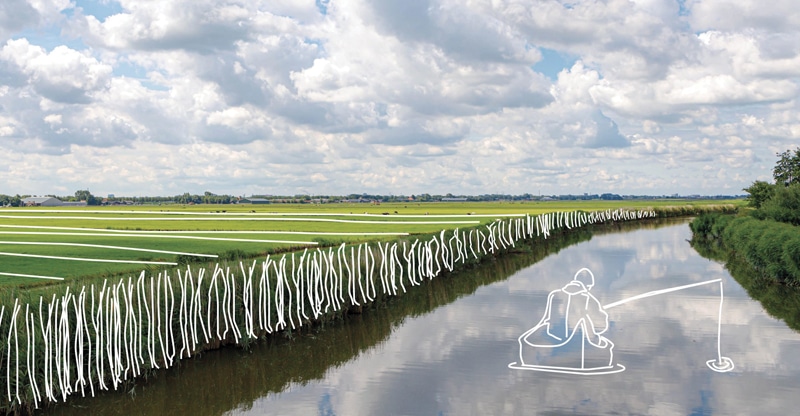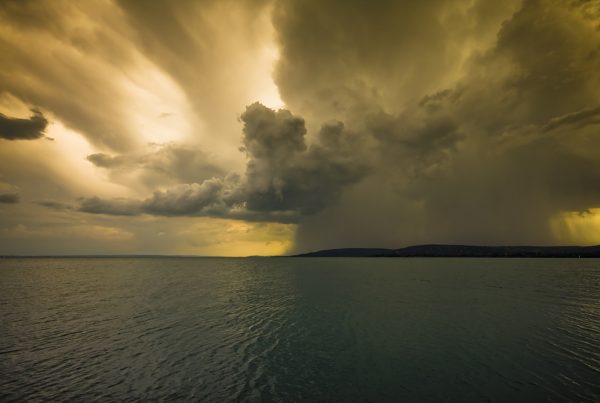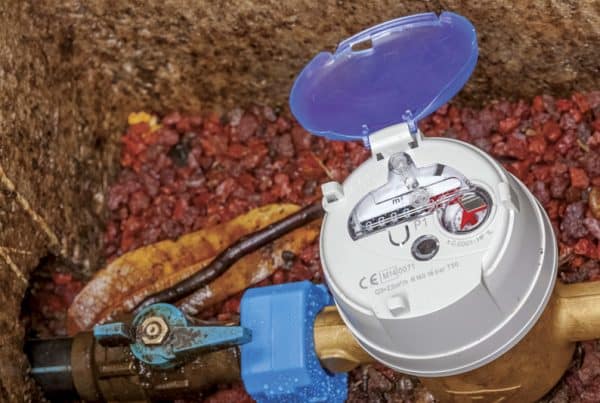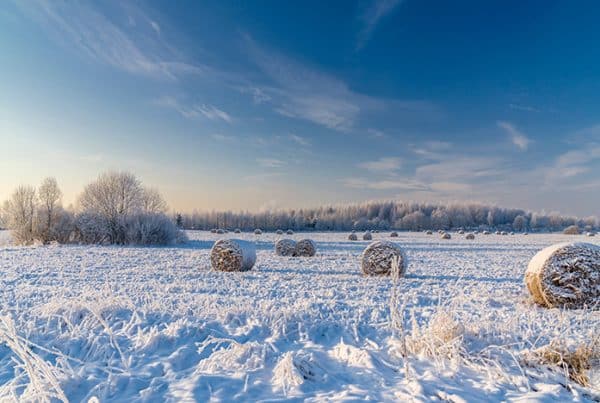Agricultural producers are implementing techniques to better regulate the use of water and to ensure the health of rivers and water tables, paying particular attention to reducing the risks of creating pollution from agricultural sources.
Water is essential for life and essential for agriculture. Its protection and proper management are major issues, not only for the environment but also for the sustainability of agricultural businesses. At the same time, producers try to manage this resource as well as possible, for example, by using efficient irrigation systems or by watering at the base of the plants to avoid evaporation and waste.
Sediments of agricultural origin can be found in waterways through runoff and wind. Producers then adopt agricultural practices that promote absorption of water by the soil. They can, for example, develop plantations between their crops and the river, called riparian strips. These portions of land bordering a stream and river can be made up of trees, shrubs or grasses.
They play a considerable role in erosion control since their roots hold the soil of banks and slopes in place, and their stems, by obstructing, slow the speed of runoff water. In addition, they protect riparian habitat against the wind, restrain soil particles and can absorb fertilizers and pesticides. Regulated by a Quebec policy and protected by municipal regulations, riparian strips are therefore important buffer zones between fields and bodies of water.
In agriculture, the health of waterways depends not only on measures taken to limit sources of pollution, but also on efforts to preserve and restore water bodies. This involves preventing their deterioration, degradation and erosion, and protecting the quality and biological diversity of the environment. More and more producers are turning to ecological alternatives. For their part, breeders are setting up facilities or infrastructure to prevent animal waste from reaching rivers and water tables.
All of these techniques used by farmers limit the impact of agricultural activities on water quality. The protection of aquatic systems, the preservation of water supply and the future of agriculture and our food are at stake.







